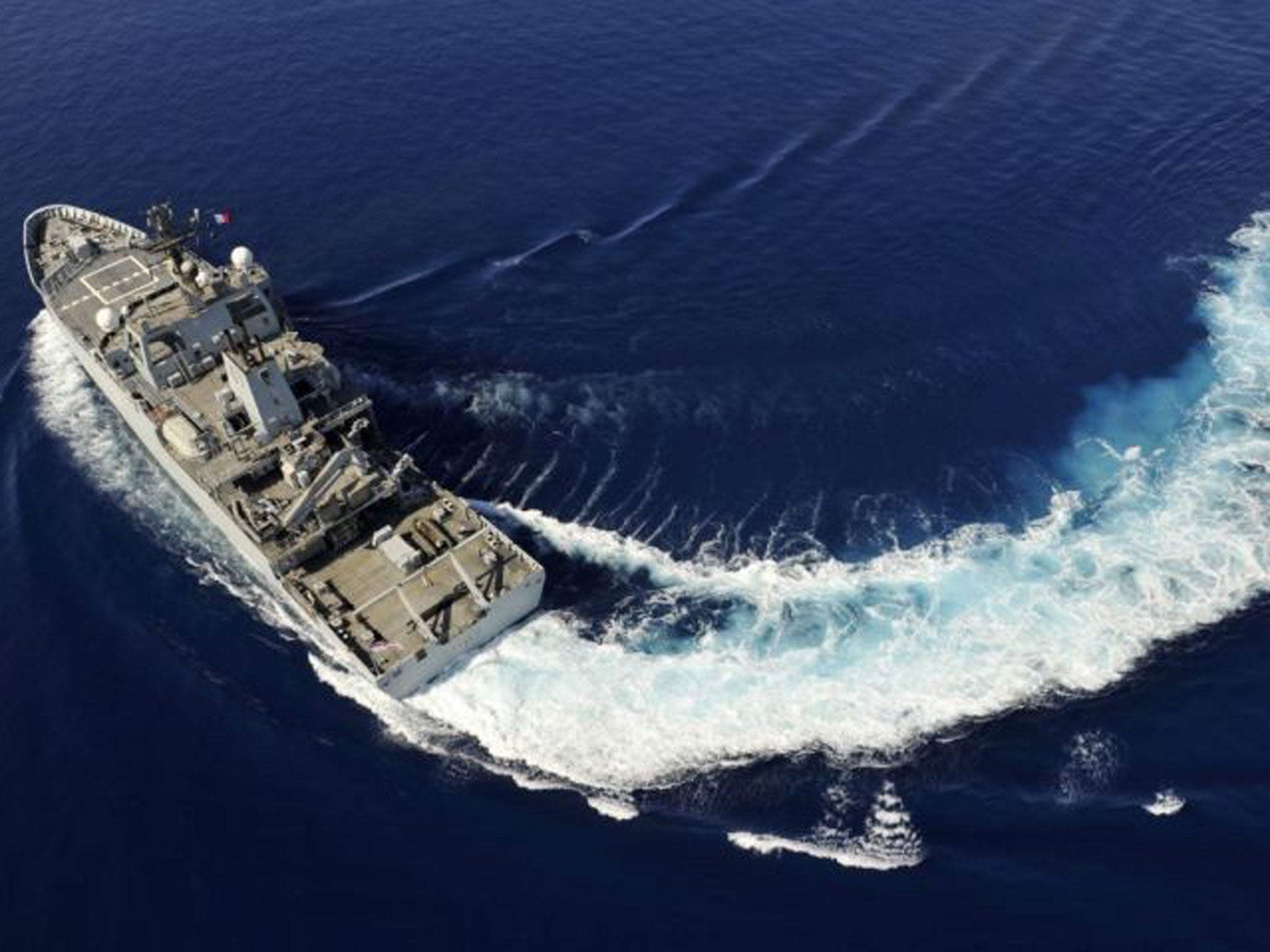Missing Malaysia Airlines Flight MH370: Black box search area narrowed 'to within some kilometres'
Hunt for missing plane continues

The Australian Prime Minister Tony Abbott has said the team leading the search for the Missing Malaysia Airlines flight MH370 are confident they have narrowed down the search area of the plane’s black box “to within some kilometres".
"We have very much narrowed down the search area and we are very confident that the signals that we are detecting are from the black box on MH370," Mr Abbott said on Friday.
"But confidence in the approximate position of the black box is not the same as recovering wreckage from almost 4 kilometers beneath the sea or finally determining all that happened on that flight."
The Australian Air Force has been dropping sonar buoys into the sea near where four sounds were detected earlier on Saturday and then again on Tuesday in an attempt to narrow the hunt for MH370, which vanished on 8 March while flying from Kuala Lumpur to Beijing with 239 people on board.
Commodore Peter Leavy, of the Royal Australian Navy, said each buoy was dangling a hydrophone listening device about 300m (1,000ft) below the surface.
The underwater search zone is currently a 1,300km sq (500 square miles) patch of the ocean floor, and narrowing the area as much as possible is crucial before an unmanned submarine can be sent to create a sonar map of a debris on the seabed.
The Bluefin 21 sub takes six times longer to cover the same area as the pinger locator towed by Ocean Shield. which is why the acoustic equipment is still being used to get a more precise location, said Captain Mark Matthews, of the US Navy.
It would take up to two months to canvass the current underwater search zone.
Complicating matters is the depth of the seabed in the search area. The signals are emanating from 4,500 meters (15,000 feet) below the surface, which is the deepest the Bluefin can dive.
Fourteen search aircraft and 13 ships were looking for floating debris, about 2,300km (1,400 miles) north-west of Perth.
Join our commenting forum
Join thought-provoking conversations, follow other Independent readers and see their replies
Comments